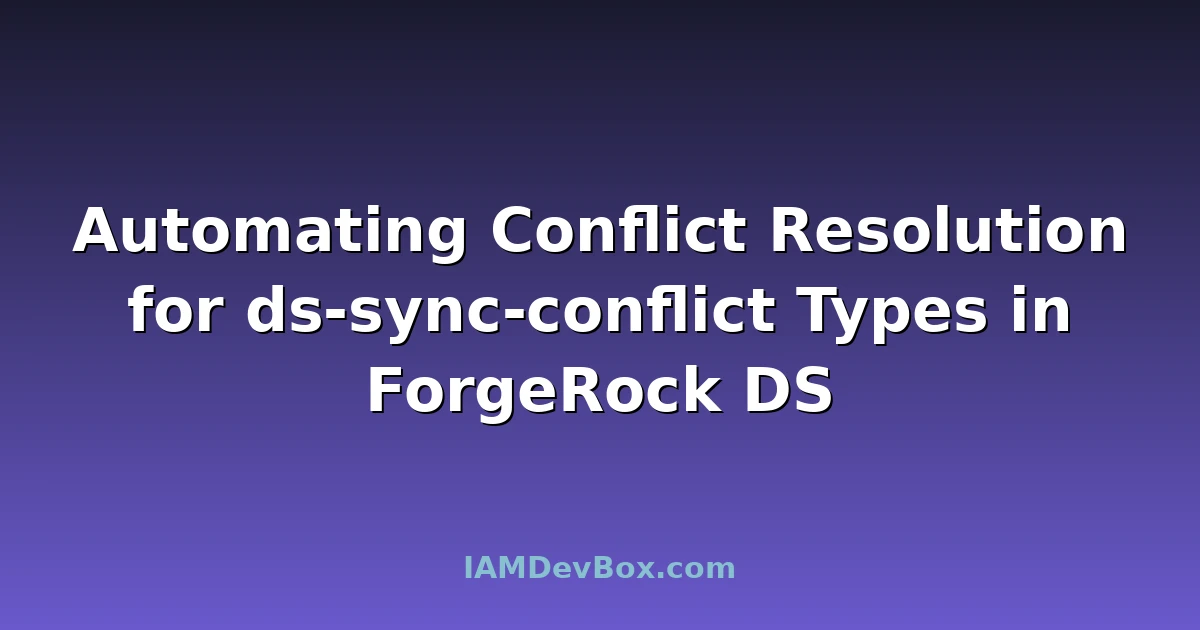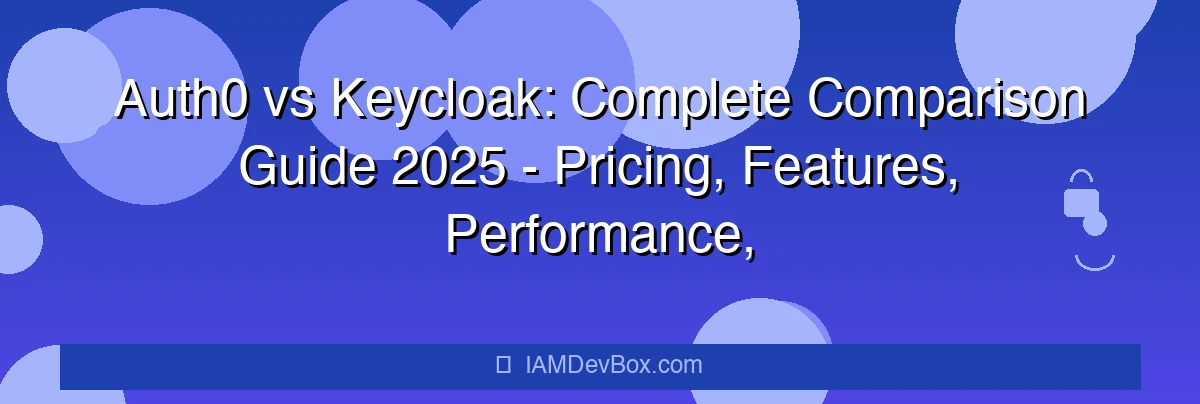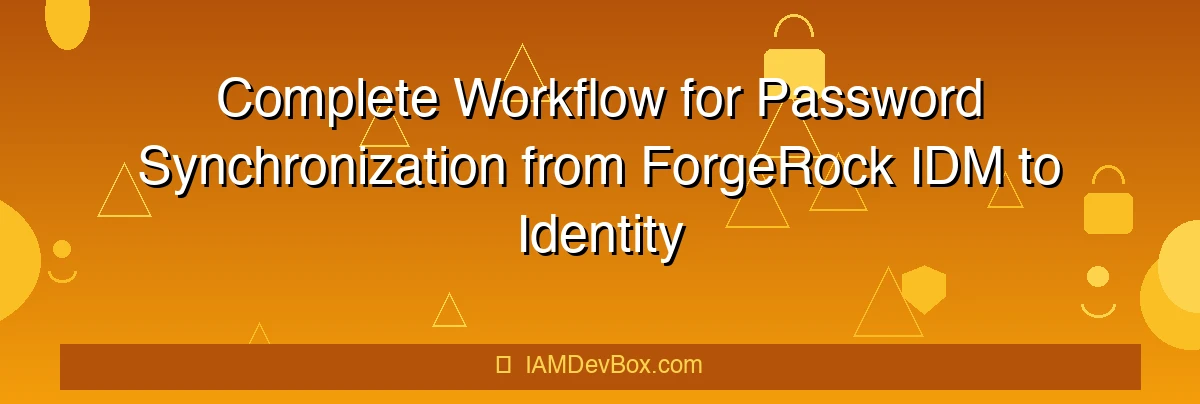IAM can be a tangled web of protocols, standards, and integrations. Managing identities across multiple systems while ensuring security and compliance is no small feat. Enter Ping Identity, a platform that aims to simplify and enhance identity management. In this post, we’ll explore Ping Identity’s features, use cases, product suite, and how it stacks up against other IAM solutions.
Visual Overview:
sequenceDiagram participant User participant SP as Service Provider participant IdP as Identity Provider User->>SP: 1. Access Protected Resource SP->>User: 2. Redirect to IdP (SAML Request) User->>IdP: 3. SAML AuthnRequest IdP->>User: 4. Login Page User->>IdP: 5. Authenticate IdP->>User: 6. SAML Response (Assertion) User->>SP: 7. POST SAML Response SP->>SP: 8. Validate Assertion SP->>User: 9. Grant Access The Problem: Fragmented Identity Management Before diving into Ping Identity, let’s acknowledge the problem it solves. Modern applications often require users to authenticate across different systems—on-premises, cloud-based, mobile, and web. Managing these identities manually is cumbersome and error-prone. Moreover, ensuring security and compliance with regulations like GDPR and CCPA adds another layer of complexity. This is where IAM platforms like Ping Identity come in, providing a unified approach to identity management.
...


















